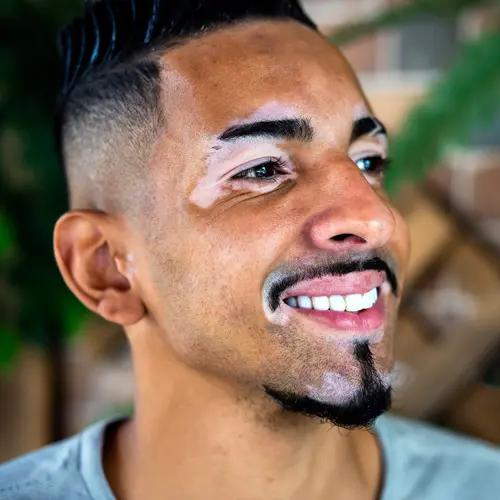What Is Ringworm?
Ringworm isn’t a worm. It’s a skin infection that’s caused by moldlike fungi that live on the dead tissues of your skin, hair, and nails. You can get it in any of these places -- and on your scalp.
When you get it between your toes, it’s what people call athlete’s foot. If it spreads to your groin, it’s known as jock itch.
What Are the Symptoms Of Ringworm?
The telltale sign is a red, scaly patch on light skin or brown or gray patches on skin of color. You may also get bumps that itch. Over time, the bump turns into a ring- or circle-shaped patch. It may turn into several rings. The inside of the patch is usually clear or scaly. The outside might be slightly raised and bumpy.
Ringworm on your scalp tends to start out as a bump or small sore. It may turn flaky and scaly, and your scalp may feel tender and sore to the touch. You may notice that your hair starts to fall out in patches.
How Do You Get Ringworm?
Ringworm is highly contagious. You can catch it in any of the following ways:
- From another person. Ringworm often spreads by skin-to-skin contact.
- From your pets. Rubbing or grooming Sparky? Wash your hands when you’re finished. It’s also very common in cows.
- By touching objects. The fungus that causes ringworm can linger on surfaces, clothes, towels, and in combs and brushes.
- From soil. If you’re working or standing barefoot in soil that’s infected with the fungus that causes ringworm, you can get it, too.
How Do I Know If I Have Ringworm?
You’ll have to see your doctor to be sure if the infection is ringworm. There are a number of other skin conditions that look like it.
Your doctor will probably scrape some skin from the itchy, scaly areas and look at them under a microscope.
What’s the Treatment For Ringworm?
How the infection is treated depends on where it is and how bad it is. In many cases, your doctor may recommend an over-the-counter (OTC) medicine you can get at the drugstore. If the ringworm is on your skin, an OTC antifungal cream, lotion, or powder may work just fine. Some of the most popular ones are clotrimazole (Lotrimin, Mycelex) and miconazole.
In most cases, you’ll have to use the medicines on your skin for 2 to 4 weeks to make sure you kill the fungus that causes ringworm. It also will lower its chance of coming back.
If you have ringworm on your scalp or in many different places on your body, OTC treatments probably won’t be enough. Your doctor will have to write you a prescription.
Keep an eye out for symptoms that get worse or don’t clear up after 2 weeks. If they don’t, call your doctor.
How Can I Prevent Ringworm?
The fungi that cause it are everywhere. Still, here are some things you can do to lower your chances of getting ringworm or stop it from spreading:
- Keep your skin clean and dry.
- Wear flip-flops in locker rooms and public showers.
- Change your socks and underwear at least once each day.
- Don’t share clothes or towels with someone who has ringworm.
- If you play sports, keep your gear and uniform clean -- and don’t share them with other players.
- Wash your hands with soap and water after playing with pets. If your pets have ringworm, see your vet.

